Socially Normative Agency
In Chapter 6 of The Evolution Of Agency by Michael Tomasello we come to human beings. Tomasello says that we humans build on the agency of lizards, squirrels and great apes discussed in earlier posts.
Let’s start with an illustration. Occasionally a group of chimpanzees will hunt and kill monkeys. One chimpanzee will spot the opportunity and scream and start chasing it. Others join in the chase. If they kill the monkey they all try to grab as much as possible. They do not distinguish between those that hunted and free-riders. Only the strongest and wiliest eat.
On the other hand, children as young as three years old act differently. Confronted with a task that requires two actors, they will form an agreement to work together. If they succeed at the task, they split the reward evenly almost always. If one defects from the work or tries to grab the whole reward, the other complains and that is usually enough to bring the offender into compliance. Children who don’t participate in the work are rarely given a share of the reward.
Tomasello says this is a form of agency in humans not present in other species. He calls it socially normative agency.
Evolution of socially normative agency
Tomasello says that hominids, the predecessors of our species, split off from the great apes about six million years ago. They began hunting collaboratively about one million years ago. He suggests that collaboration might have begun with scavenging meat off carcasses. Hominids were smaller and weaker than other species competing for the carcass. They would have had a better chance of success if they worked together, some keeping other scavengers away and some gathering the spoils, then splitting it up among all of the group.
Later, two of our ancestors might agree to work together to hunt large game, agreement would be established, and the two would work together and share the rewards. Over time, collaborative hunting became necessary to meet the demands for food. By about 400,000 years ago collaborative hunting was an established practice. Our ancestors became interdependent, unable to survive on their own.
Psychological processes and feedback control mechanisms
Tomasello says the central mechanism of control in all species is the feedback loop. In the simple form, a lizard uses its perceptionto look for prey, moving on if there is none. In small mammals like squirrels, there is an additional level of psychological control, an executive tier, that enables the individual to keep track of its goals (foraging, burying nuts for the winter, staying ahead of predators etc. They can chanage their behavior if needed for safety or for a better chance of successful foraging. They can choose among alternative actions for reaching those goals.
In great apes, there is third tier, the reflective tier, that monitors the executive tier, and can interrupt the action of the individual to solve problems preventing the individual from reaching its goal, Doing this requires mental processes Tomasello calls rational because they are logically structured.
In the example of three-year olds cooperating in a task, the two reach agreement on joint action. That agreement creates a a new entity, the joint agency. There feedback control mechanism runs each child to the other. Both are entitled to enforce the requirements of the joint agency. If one child stops working, leaves, or refuses to share, for example, the other remonstrates in normative terms. The other will say something like: we don’t do that, or you have to share, or that’s not fair. The offender recognizes that this is a legitimate complaint, and most ofteb changes behavior. Tomasello says this is because each child recognizes and accepts the demands of the joint agency and the right of each to enforce it.
In great apes, the feedback control mechanisms are internal to the individual. In socially normative agency, the feedback loop is in the “we” created by the agreement, and is exercised by both parties as the project proceeds. The feedback control also covers the efforts of the two to collaborate in the task.
Evolutionary changes
The evolution of agency in humans requires greatly increased complexity in the brain: more and better neurons with more and better connections, and a large increase in the pre-frontal cortex, which we think is the location of executive action.
These physical changes were needed for collaboration. Control by agreed normative rules required three new kinds of psychological processes: a) creation of the joint goal: b) allocation of roles; and c) collaboration in self-regulation during the action. Each of these in turn require a chunk of mental processing, This is something humans do automatically, and other creatures don’t.
Those who didn’t cooperate, who didn’t communicate, and who didn’t share were left behind, without mates, and without offspring. The mental processes that enable collaboration, including collaboration, became targets of natural selection, probably in a form of co-evolution.
Cultural groups differentiated by their norms
Collaborative hunting and reward sharing was very successful for our ancestors. By about 150,000 years ago, human population had grown to the point that we began to live in larger and larger groups. Successful hunting of larger game was just one part of survival. Others in the group foraged for plants and small game, some became adept at creating tools snd weapons, others at weaving and making clothes, others learned about curative herbs and healing and so on.
Tomassello says that our ancestors were living in bands loosely connected to each other by cultural norms related to diet, stone knapping, languages, foraging techniques and more. Membership in a cultural group became necessary for survival as these cultural groups competed for resources. Again, those who couldn’t manage the psychological processes necessary for participation in the cultural group were shunned and didn’t reproduce. Compliance with cultural norms became a target of natural selection.
Cultural groups survived by teaching their offspring proper, that is normative, behaviors and techniques. Long childhoods and adolescence were periods of training and learning the social norms of the cultural group. In operation, these cultural groups made cpllective decisions, and enforced them. Tomasello calls this cultural agency. The feedback control is operated by the entire group.
Here’s how Tomasello describes the evolutionary process up to about 100,000 years ago:
… modern human brains are three times larger than those of other great apes, with an expanded prefrontal cortex (the main seat of executive functioning) and insula (the main seat of social emotions), and are structured by unique types of neurons with more complex dendritic structures Consistent with this analysis, González-Forero and Gardner … find that much of the brain growth characteristic of modern humans during this period was concerned with adaptations for cooperative interactions and cultural learning. P. 106-7; cites omitted.
Discussion
Regardless of your view of Tomasello’s model, one thing is clear from the evidence he cites. Human evolution runs side-by-side with increasing levels of cooperation. Our ancestors taught each other; we literally dragged ourselves up by our bootstraps. Social learning and cooperation are an integral part of our evolution.
In The Dawn Of Everything David Graeber and David Wengrow discuss the Thomas Hobbes theory that early humans fought each other for resources, the war of all against all. That didn’t happen. We should stop talking like it did.
In the same way, the bizarre neoliberal idea that we humans are atomistic utility-maximizers struggling against each other to get all we can is madness. Any academic who takes this view should be laughed out of their profession.
I’ll have more to say about this in the next post.

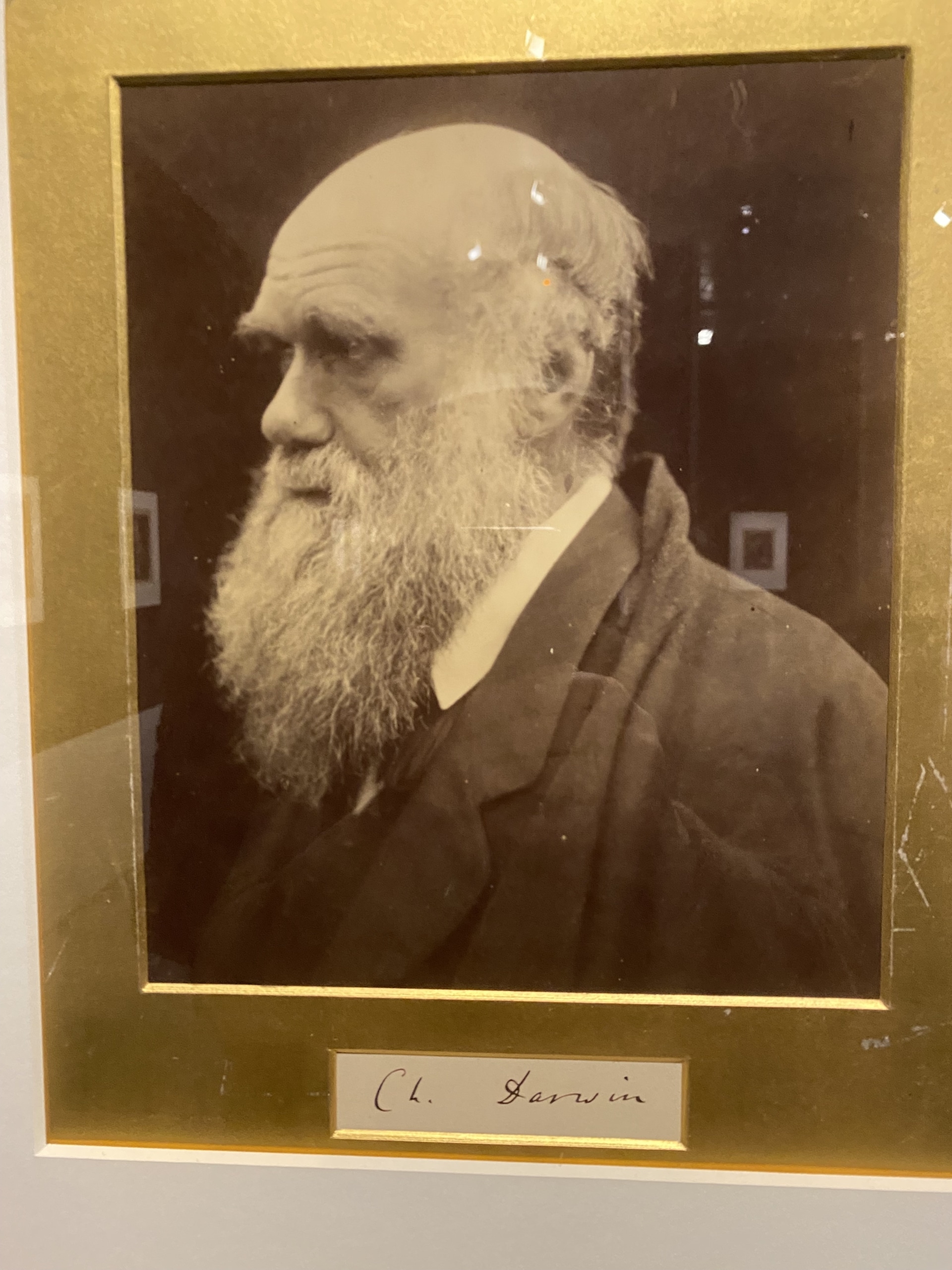
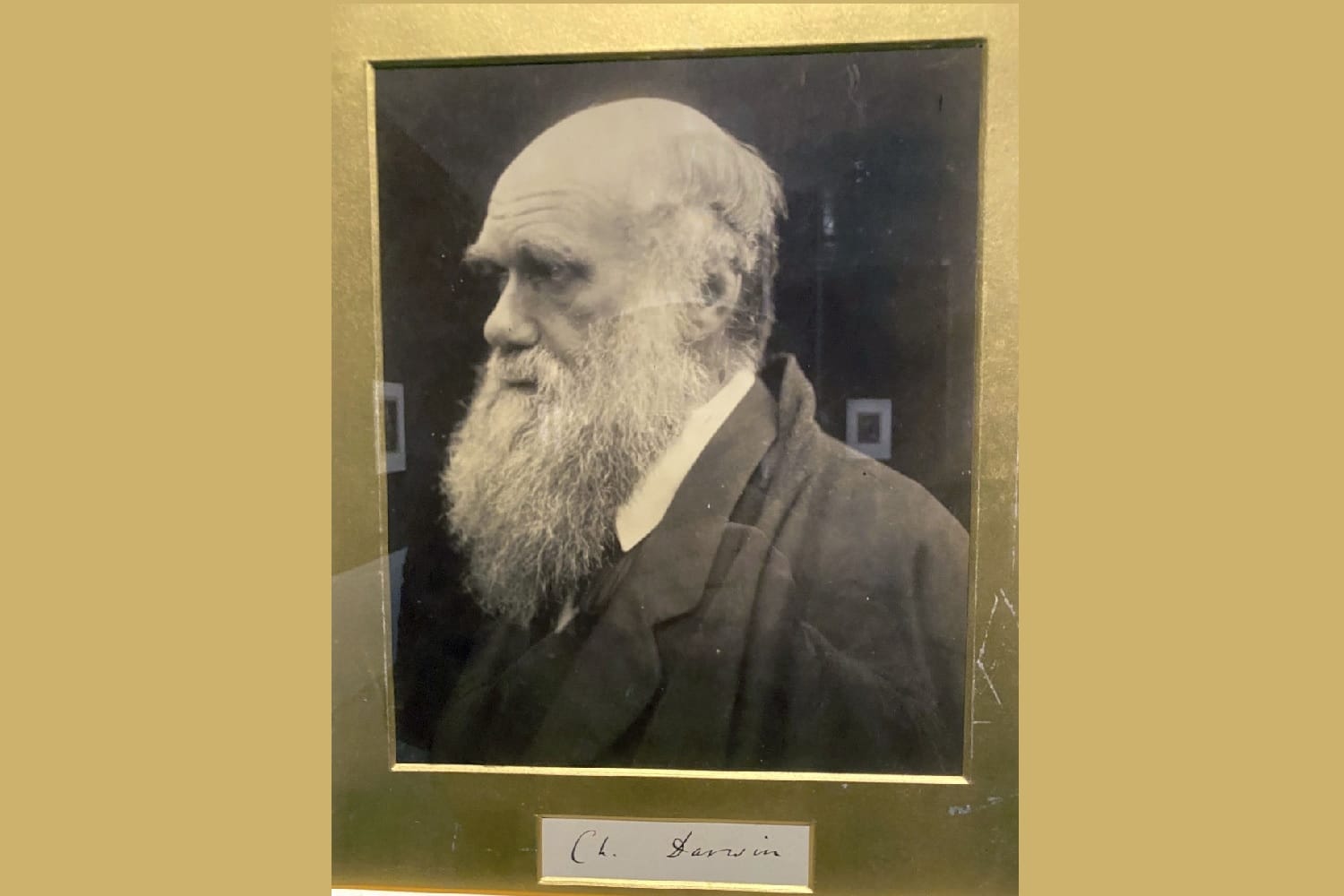
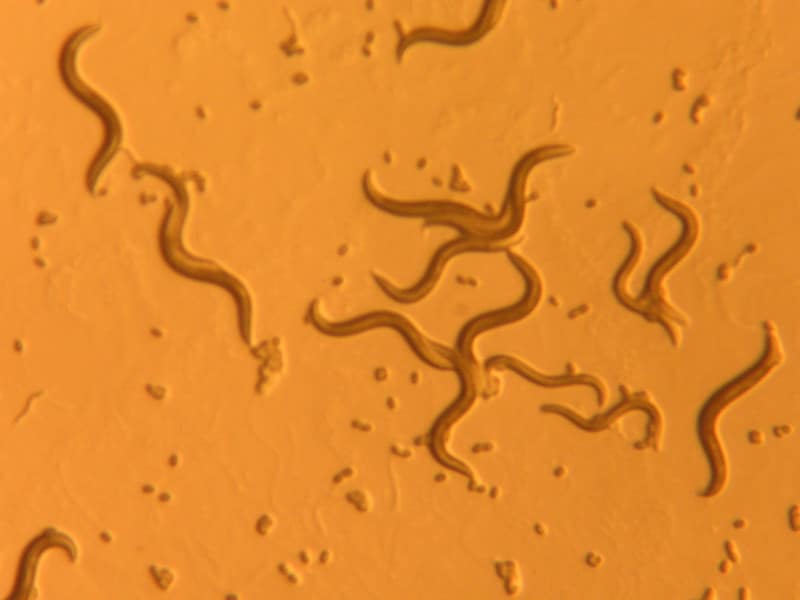 creative commons
creative commons 

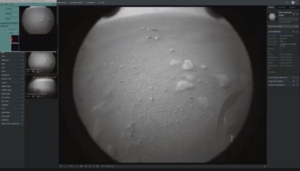

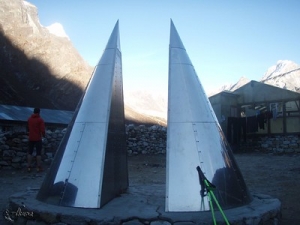
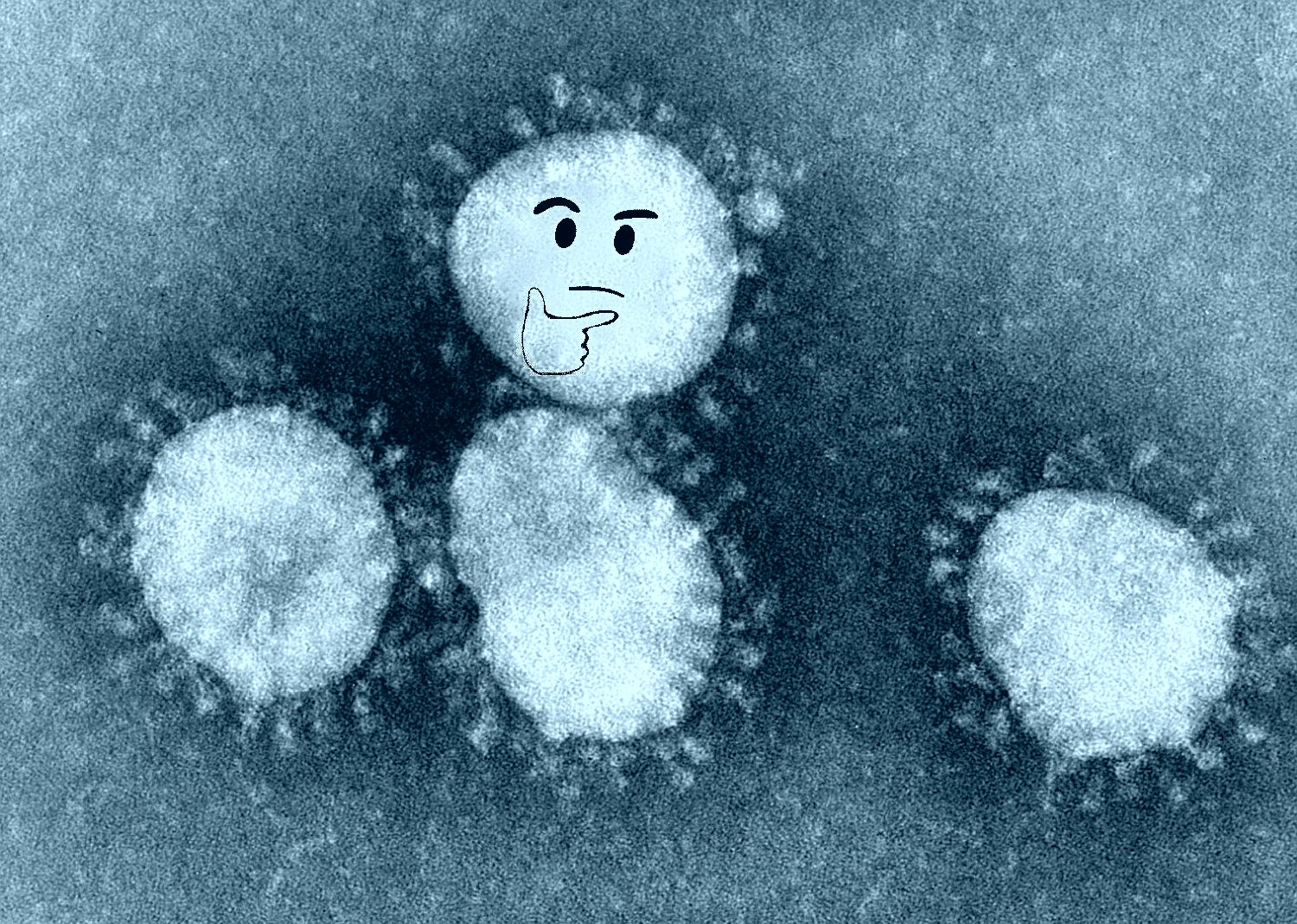
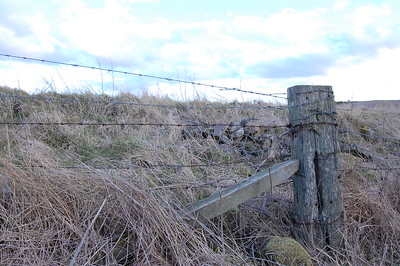 CC by 2.0
CC by 2.0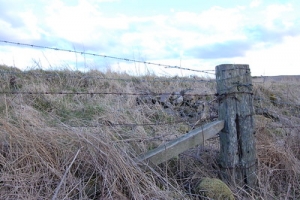
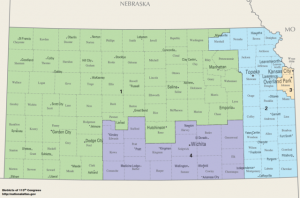
![[Photo: Paul Rysz via Unsplash]](https://www.emptywheel.net/wp-content/uploads/2017/08/SolarEclipse_PaulRysz-Unsplash.jpg)
